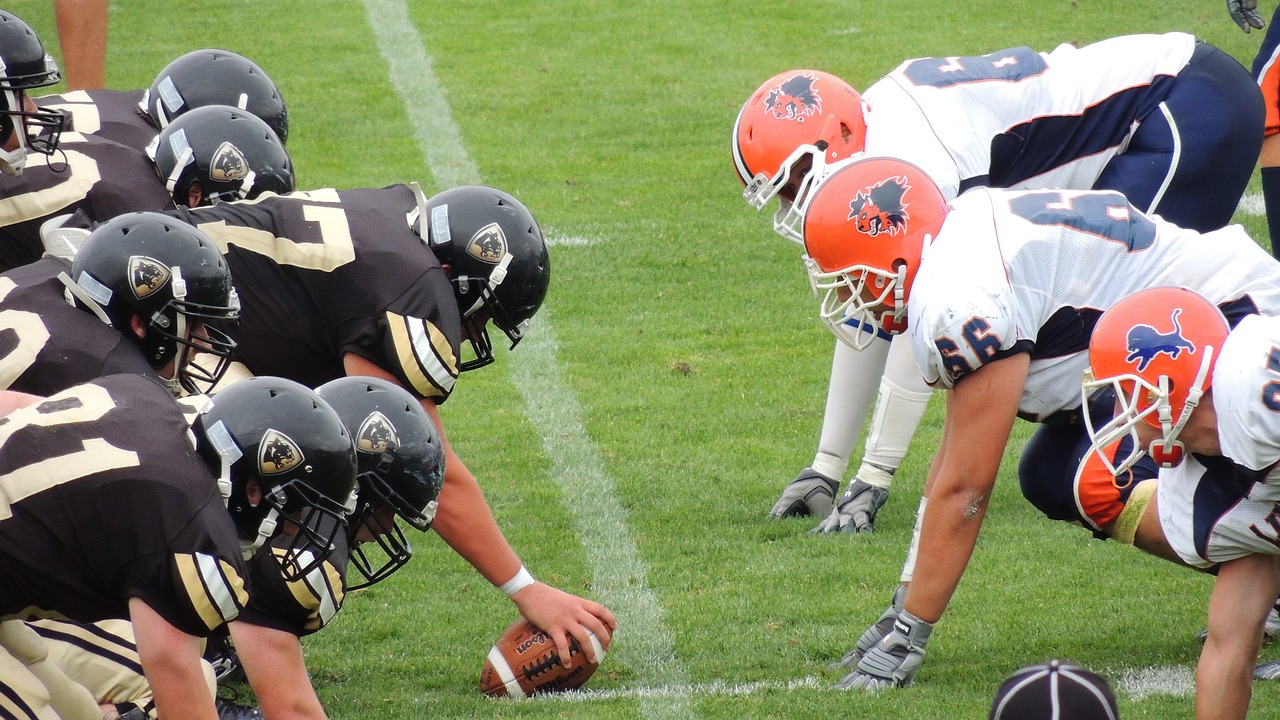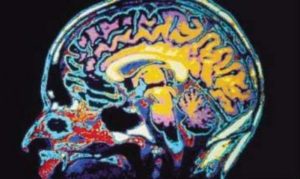Teenagers and Sports-Related Brain Injuries: The Silent Epidemic, Prevention, and Statistics

- 1. What type of blows to the head can lead to a mild traumatic brain injury (TBI)?
- 2. Common concerns with more moderate or severe teen traumatic brain injuries
- 3. The overall number of teens and other Americans battling brain injuries is staggering
- 4. Which high school sports are most likely to subject teens to head injuries?
- 5. Preventing head and body injuries in youth sports
- 6. Teen sports facts/statistics reveal head injury similarities & differences between the sexes
Each day, close to 190 Americans die due to traumatic brain injuries. Even moderate head injuries can cause long-term harm. Teenagers between the ages of 15 and 19 are among those most at risk. And teens active in high school sports must exercise great caution since even concussions can lead to troubling impairments. While helmets can help limit damage, they are not customarily worn by boys and girls during basketball and soccer games. And helmet usage is not yet universal for girls due to the non-contact rules that govern their lacrosse games.
Unfortunately, it’s not always easy to quickly determine the severity of damage a teen has suffered after a blow to the head. This is one reason why teenagers should be immediately sent to hospital emergency rooms for diagnostic evaluation after most head impacts. Lengthy observation of these injured teens remains important before they can be sent home.
What follows is a closer look at why it remains hard to keep teenagers safe from developing long-term functional difficulties after sustaining sports-related head injuries. Facts and statistics about the exact nature of the injuries teen boys and girls often suffer are also shared.
What type of blows to the head can lead to a mild traumatic brain injury (TBI)?
When teenagers playing sports receive sudden jolts, blows or bumps to their heads, they may develop either minor concussions or more serious brain injuries. A mild-TBI (traumatic brain injury) or concussion can result in harmful chemical changes within the brain, physical damage to multiple brain cells – or even damaging brain movements within the skull. Doctors are now fully aware that even so-called mild blows to the head can produce serious brain damage.
Teenagers who incur a mild-TBI or concussion may soon begin experiencing hard to perceive
learning difficulties that affect their ability to think clearly (cognitive impairments) or exercise basic problem-solving skills. Concentration and memory issues can also develop and make handling basic schoolwork assignments difficult. While it’s common to claim that a CT scan isn’t required for suspected mild-TBIs – bleeding within the brain may be present and running such tests is always wise. Delayed detection of a brain hemorrhage can prove catastrophic.
Repeated sports-related head injuries can greatly complicate a teen’s life, sometimes requiring long-term help with recovery. In the past, far too many school coaches and others have shamed too many teens into quickly returning to their games when withdrawal and rest should occur. If a team doctor is not always present during most team games and practices, telemedicine and telehealth services should always be kept available.
Contact our team at (212) 222-1111 for your free case evaluation.
Common concerns with more moderate or severe teen traumatic brain injuries
Teens who suffer a moderate to the severe head or brain injury while playing sports may develop such pronounced difficulties handling school or outside work requirements that their condition can become as troubling as a chronic disease. And since teen brains are still undergoing many developmental changes, medical care strategies must be comprehensive. Young people’s brains do not reach full development until their mid-to late 20s.
The overall number of teens and other Americans battling brain injuries is staggering
At present, approximately 2.8 million Americans suffer a TBI (traumatic brain injury) every year, and close to 5.3 million of us are already battling this type of disability. Parents and school officials must take proactive measures to offer teenagers maximum protection against sustaining any head injury that might cause either temporary or permanent harm.

Which high school sports are most likely to subject teens to head injuries?
At present, fully conclusive facts cannot be shared since all the most popular high school sports have not yet been fully studied by researchers. However, the following sports are among those that have been tracked to some degree and the results reveal differences between the number of injuries suffered by girls and boys.
- Football
- Soccer
- Basketball
- Lacrosse
- Baseball/softball
Preventing head and body injuries in youth sports
Even though sports like soccer and football regularly involve many head blows or contact with other athletes, all coaches and trainers should remind players to minimize contact for the sake of their own long-term health and that of others.
- Wearing the right protective gear is crucial
- Properly fitted and well-maintained helmets should always be worn, whenever possible. While many young teen girls do not always wear helmets while playing lacrosse, their parents and coaches should still urge them to wear them. Explaining the long-term damage to a teenager’s ability to do well in school and sports may help them more quickly realize the losses they can suffer. While football helmets are crucial types of safety equipment, all coaches must tell their players to avoid using the tops of their helmets like battering rams during all game activities. Such behavior can result in serious head or spinal cord injuries.
- Body padding, gloves, and shin guards. Depending on the exact sport being played, this equipment is crucial to minimizing basic harm to the body in general.
- Mouthguards and protective eyewear. Teens often forget that serious dental and eye damage suffered while playing sports can lead to excruciating headaches and other troubling brain injuries and other functional impairments.
- Even proper footwear can play a role in preventing head injuries. It’s always best to wear whatever cleats or other shoes recommended by the school coach since falling to the ground greatly increases the chances of receiving blows to the head by others running nearby or falling on top of the player on the ground.
Contact our team at (212) 222-1111 for your free case evaluation.
Highlighting soccer: the sport with the highest rate of head impacts
“Heading the ball” in soccer may be a common and necessary part of the game, yet the dangers tied to using this technique are clear — doctors recommend that all children below the age of 13 only use this type of ball control during practice.
All high school athletes can better protect their brain health by observing the following safety techniques while playing soccer.
- Players should always try to lead with their body’s trunk region to gain extra power, and
then “pull” from the core of their strength.
- Everyone must always keep an eye not just on the ball – but also on how other players are moving around near them. Head-to-head contact is obviously the most dangerous and damaging kind of injury sustained during soccer games and practice sessions.
- If you’re planning to make a “header” shot, be sure to signal or otherwise carefully let your teammates know this in advance – so they can properly protect you during such a maneuver. Always properly brace your shoulders prior to hitting the ball in this way
- When planning to use your head to make contact with the ball, always try to use what some call the “sweet spot” of the forehead – that’s the area located just below your hairline, in the middle of your forehead.
- Always tell your coach, trainer, or another adult present during your games and practices if you have just sustained a blow to your head that’s making you feel dizzy, nauseated, or unable to maintain your balance. Failing to take such harm seriously can easily wind up costing the player far more than the chance to finish up a game.
Teen sports facts/statistics reveal head injury similarities & differences between the sexes
Although it’s uncertain why the level of injuries can differ in some sports, it’s possible that boys are often urged to play many games in a more aggressive manner than girls.
- While playing soccer, teen boys tend to report three head impacts per game, compared to just 5 such reports provided by teen girls.
- Teen boys tend to be more likely to sustain head injuries while playing basketball, as well
as lacrosse. For girls, playing basketball was more likely to result in painful head injuries
than what they suffered during field hockey or lacrosse games.
- In 2019, fifteen (15%) percent of all high school students provided self-reports indicating that they incurred one or more concussions during the past year while playing sports or taking part in other forms of recreation.
- A fairly recent study revealed that emergency room treatment for head injuries tied to sports/recreation (for all age groups) was highest for cycling, football, baseball/softball, basketball (and further on down that list) – soccer, and hockey.
- Cheerleading head injuries. A very large number of high school sports teams welcome cheerleading at their games and pep rallies. Unfortunately, both young girls and teen boys suffer serious head injuries when performing on wood floors, artificial turf, grass, and even foam floors.
If you have suffered a serious head injury accident caused by someone else’s negligence, you need to contact our New York City head injury accident law firm. We will carefully investigate all the facts of your case, review all your medical records, and then fight hard to win the maximum compensation available to you. We want every client to fully recover for all lost wages, pain and suffering, medical expenses, and other losses.




